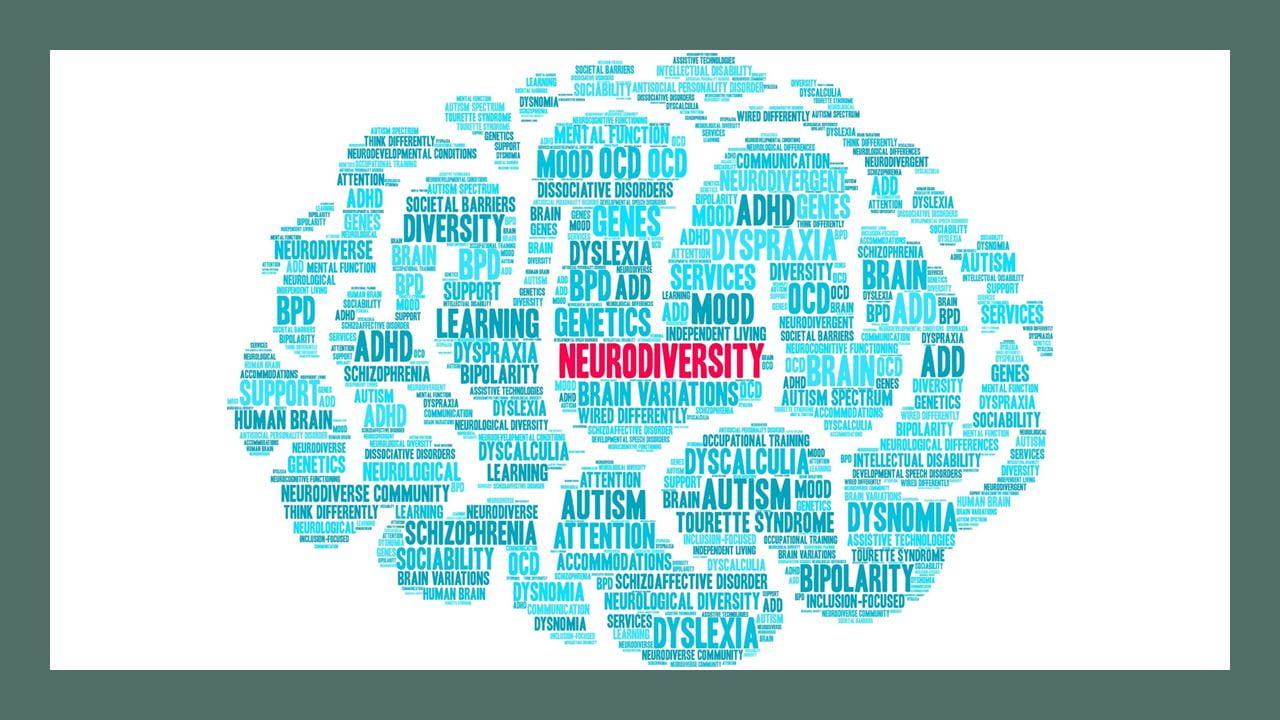
“I recently met Emma, an autistic college student, who talked about navigating life at a mid-Atlantic university. Professors, she said, ‘can make or break your experience’ in a course. Her favorite instructors ‘…made me feel like I belonged in the class’, as opposed to those who only ‘followed through with my accommodations because they were legally obligated’.”
Hello, faculty!
This week we have curated some strategies and information about how you can support neurodiverse learners in your course. These strategies can apply to all learners and strengthen their understanding of expectations and content. According to the article Teaching Neurodiverse Students from Inside Higher Ed,
“The percentage of people with disabilities attending higher education institutions, including both community colleges and four-year colleges and universities, continues to increase rapidly. According to the U.S. Department of Education National Center for Education Statistics, almost 20 percent of all undergraduate students and 12 percent of graduate students have a disability.”
The materials curated in this week’s newsletter offer an introduction to tips and techniques that can be implemented into your design to make the learning environment accessible for your students. With a few small steps in course design, you can create a more supportive and helpful experience. Instructional Development is always happy to meet and work with you to discuss accessibility and design for your courses.
-The ID Team
CITS | Instructional Development
Here are some go-to strategies for developing an inclusively accessible course from Teaching Neurodiverse Students:
💡Supplement your syllabus with a one-page “syllabus breakdown” that includes crucial due dates, policies, and requirements, as well as perhaps some assessment details.
💡Posting a schedule creates predictability that will ease anxiety and help avoid distraction. Students get a sense of comfort in knowing what is next, and that promotes mindful learning with less apprehension.
💡Post learning objective(s). This will help students determine if they’ve comprehended the content knowledge for the week/lesson/unit. When students realize that they succeeded in learning the objectives, they typically have an ‘aha moment’, and the information is more easily retained.
💡Implement a quick formative reflection at the end of every class. This can clarify if the variety of different learners in the class understood the subject matter taught. Try playing a Kahoot! game!
💡Use varied assessments to give a better overall understanding. Variation in assessments increases success and accessibility for all learners while maintaining high standards.
💡If your course is blended or asynchronous, post applicable content ahead of each class. This can include PowerPoints, articles, and other materials for all students to access independently. That will allow students to print out the materials themselves and enlarge the print before class, for instance.


🎧Listen to Podcast: Equity in Learning Design |

🎧Listen to Podcast: Supporting First-Year Students in their Educational Journey |
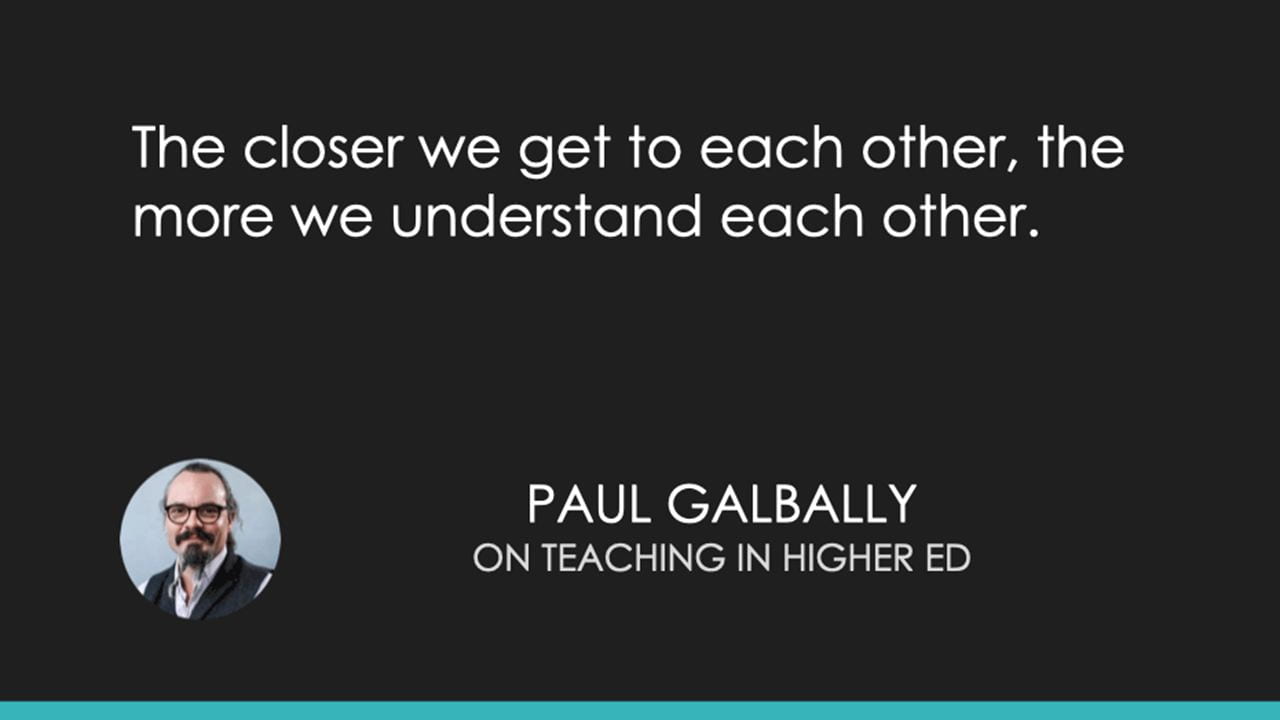
🎧Listen to Podcast: Personalized Learning Pedagogies |
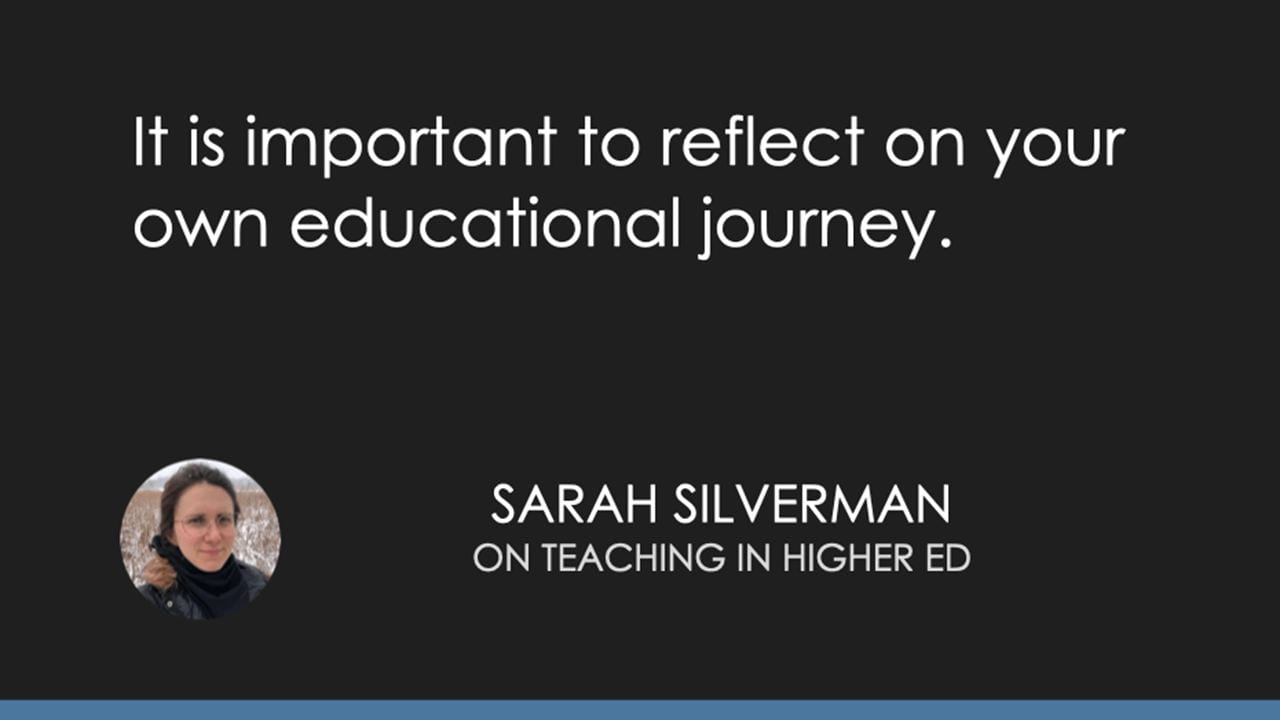
🎧Listen to Podcast: Intro to Neurodiversity for Educators |
 |
How College Students Say They Learn Best |
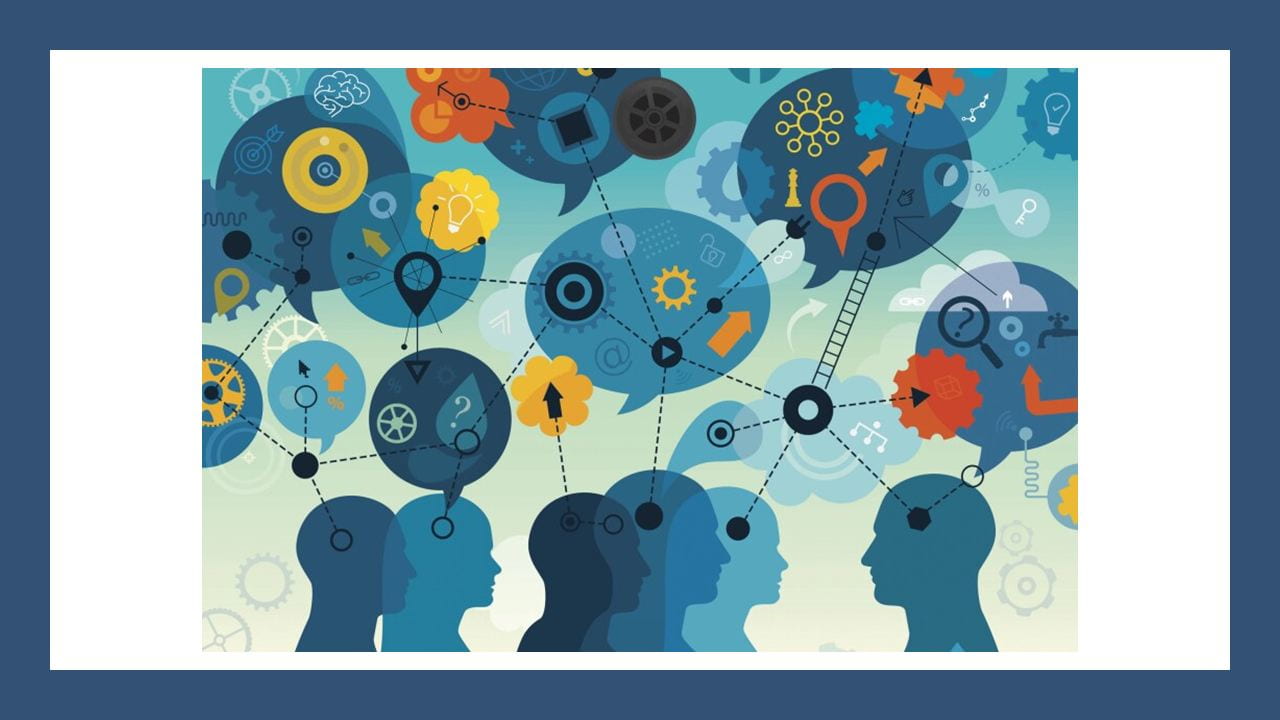 |
How to Teach Your (Many) Neurodivergent Students |
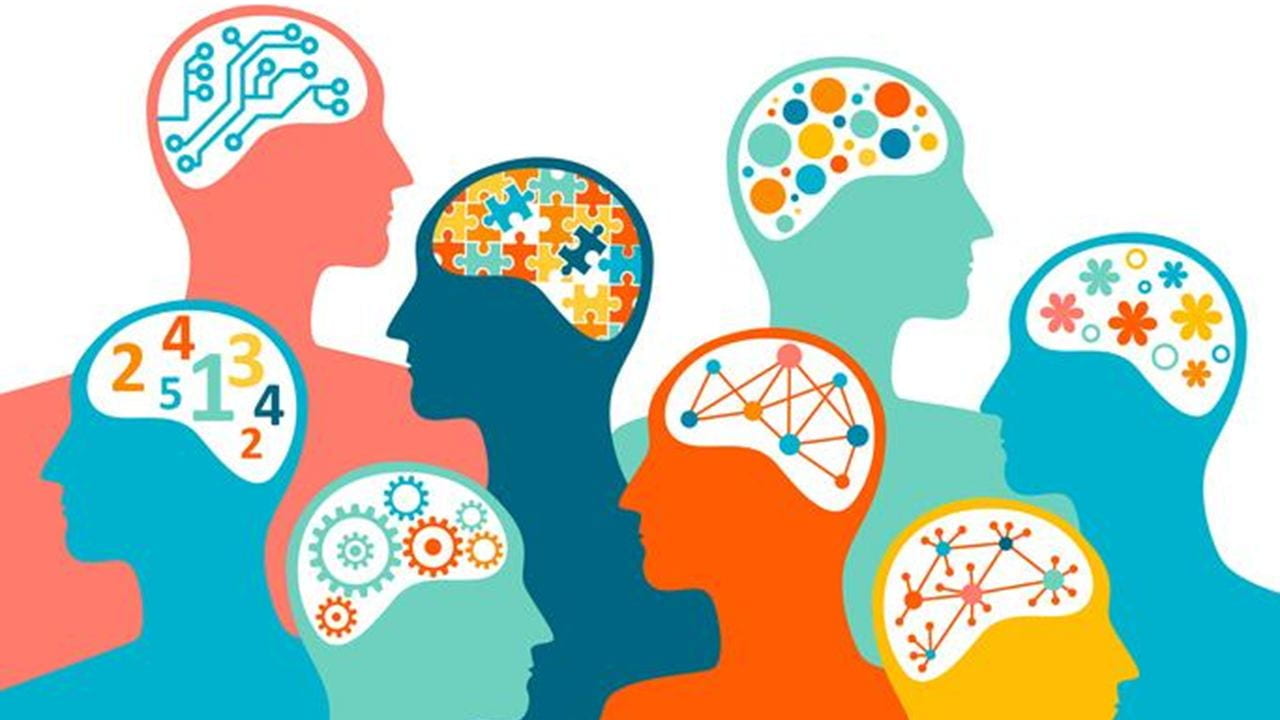 |
How to Make Your University More Neurodiverse Friendly |
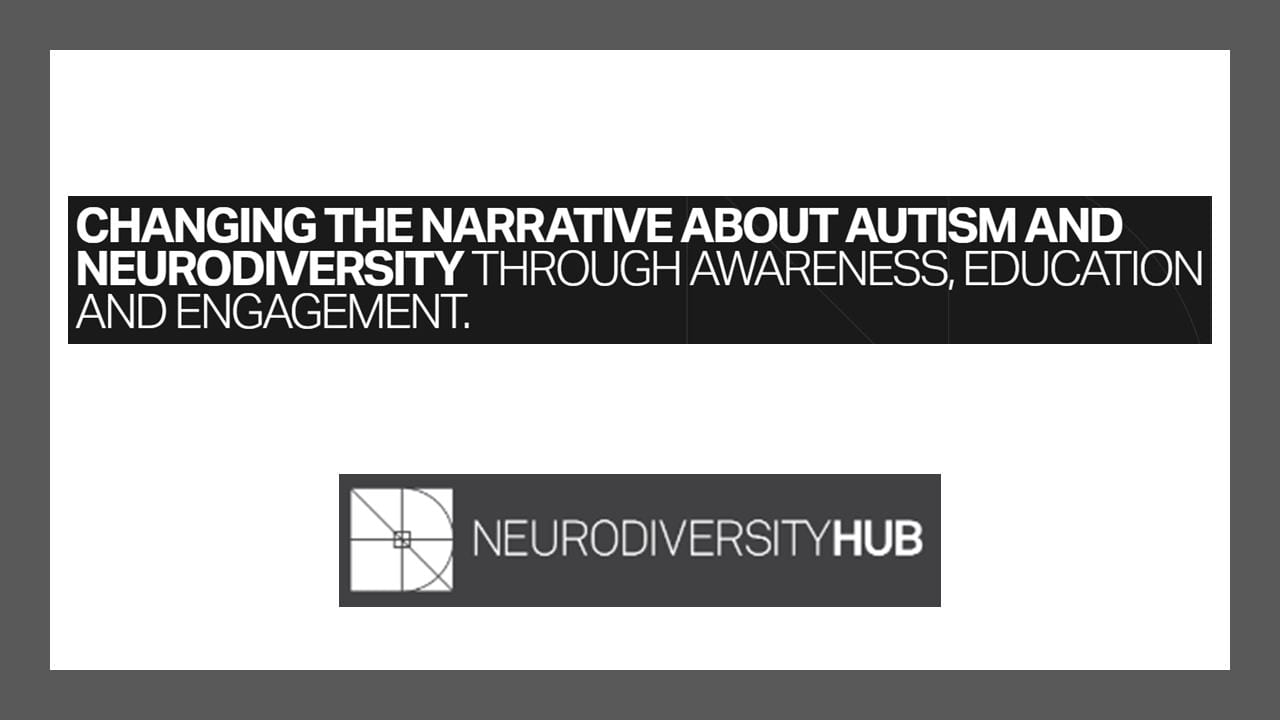 |
Resources for Universities
|
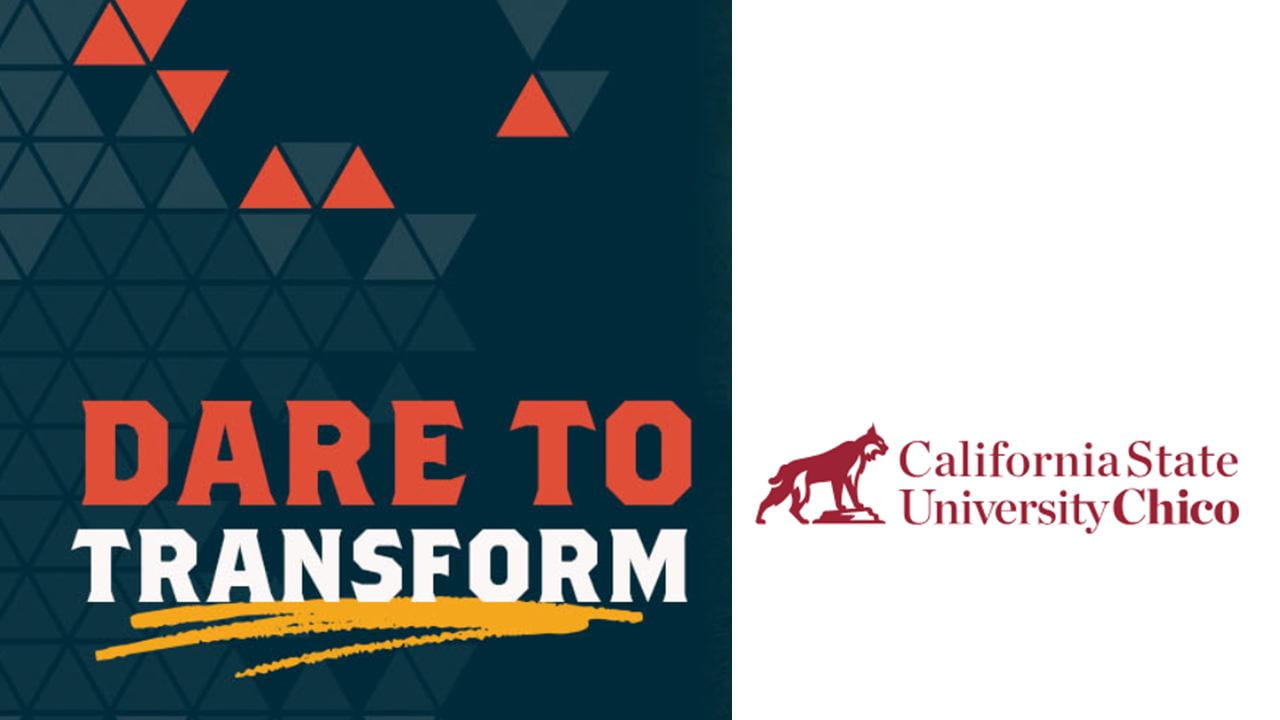 |
Neurodiversity & Higher Education
–The Office of Faculty Development, California State University Chico |
- Engage students with Kahoot!
- Online Engagement with VoiceThread – student media-rich student projects.
- Build Websites in WordPress – alternatives to papers that outlive the semester.
- Utilize Universal Design for Learning Principles!
- Register for the Blended Teaching: Designing Meaningful Content Connections certification course.
- Register for the Online Teaching and Learning Strategies certification course.
- Check out our full list of workshops and other self-paced offerings!
Instructional Development works with faculty to…
- Explore, design, and experiment with different teaching and learning modes.
- Research and integrate technologies that can enhance teaching and learning.
- Design and develop online courses and programs.
- Write learning outcomes, design assessments, craft activities, and develop content.
- Utilize best practices for using instructional technologies.
Feel free to contact us online to book an appointment!



